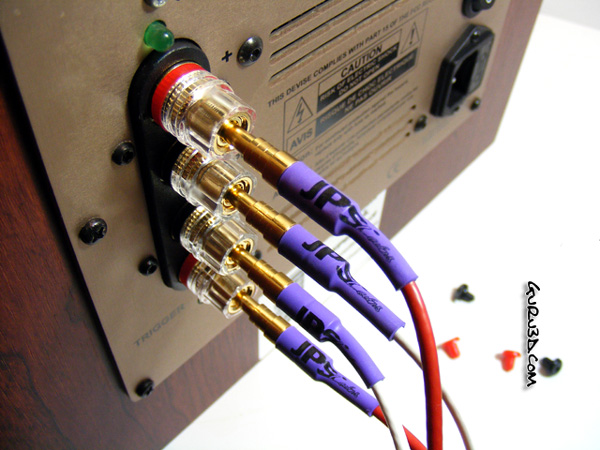Testing
Specifications
-
Enclosure: Vortex / Reflex
-
RMS Amp Power: 125 Watts
-
Cross-over Adjust: 80 & 150 Hz
-
Phase: 0 & 180
-
Woofer Size: 8"
-
DSP Controlled: No
-
Line In and Out: Yes
-
Balanced Line In and Out: Yes
-
High Level In: Yes
-
Room Trim: No
-
Dynamic Power Supply: No
-
Anechoic Response: +/- 1.5dB
-
Anechoic Resp.: +/- 3dB 35 - 150 Hz
-
Room Resp. + 3dB/- 9dB 25 - 150 Hz
-
Max SPL Anechoic: 104 dB
-
Max SPL In Room: 114 dB
-
Dimensions HWD mm: 368 x 305 x 305
-
Dimensions HWD inches: 14.5 x 12 x 12
-
Weight kg each: 9 kgs
-
Weight lbs. each: 20 lbs
Test system
For our testing of the EP125 subwoofer we paired it up with the Axiom M2 v3 speakers and some other sonic goodies to let this system stretch its legs.

Below is a list of the components we decided to use for the listening tests:
-
Speakers: AXIOM M2 v.3 Bookshelf speakers
-
S/Pdif Source: Teralink X2
-
Source DAC: Beresford TC-7520 w/ custom opamps
-
Pre Amp: FSA Mass Digital Preamp
-
Power Amp: FSA Big Joe IV 100 Watt Mono Blocks
-
Cables and Interconnects: JPS Ultraconductor 2
-
Power Cable: JPS Pac-Lite
-
Player Software: Foobar
-
Media Type: Free Lossless Audio Codec (FLAC)
Connection layout:
Review PC->M2Tech HiFace -> JPS UC2 S/Pdif Coax cable -> Beresford TC-7520 DAC -> JPS UC2 Interconnects -> FSA Mass Preamp -> JPS UC2 Interconnects -> FSA BigJoe4 Monoblocks -> JPS UC2 Speaker cables -> AXIOM M2 v.3 speakers.


The subwoofer was connected to the stereo M2 system in parallel to the M2 speakers using the high level inputs on the back of the EP 125 Subwoofer. The subs volume level, phase and crossover were adjusted to produce the smoothest transition between the bookshelf speakers and subwoofer.

We also used our requisite testing, tracks to get the most balanced sound from our 2.1 testing system.
